Dear readers, it would be a good idea to share these thoughts with many of you who are thinking of growing Indian vegetables in the USA. Let’s get into how to grow Indian vegetables in USA. Consumption of vegetables has been steadily rising in the United States. Growing Indian vegetables at home in the USA is becoming popular these days.
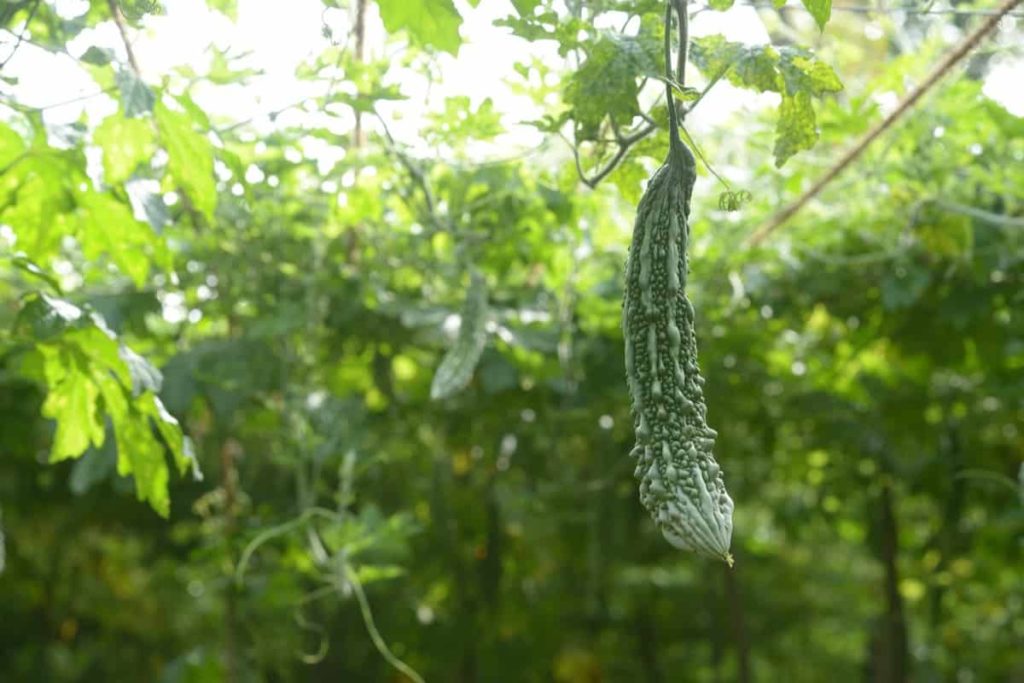
There are many reasons why people like to grow things in their gardens. Nowadays, many Indians are buying new homes with backyards in the US, so it is a good idea to utilize backyard space for growing Indian vegetables. This article will help to grow Indian/desi vegetables in the backyard, indoors, outdoors, and even in pots or containers.
Some people are concerned about the use of chemicals/pesticides in vegetables, while others prefer to be close to nature and feel comfortable working in the garden. Many vegetables are grown in containers, and container gardening is ideal for people with limited outdoor space. south states in the USA are most favorable to growing Indian vegetables.
Where in the United States can you grow Indian vegetables all year round?
Choose states without freezing winters, such as Hawaii, California, Florida, Arizona, and parts of the Deep South and Texas. Here, you can plant two crops of cold-season vegetables. Plant the first crop in January and the second crop in the last week of August. Grow warm-season vegetables from April to early winter.
List of Indian vegetables you can grow in the USA
| Ivy gourd/Tindora/Dondakaya/Kovakkai | Long Green Eggplants |
| Yellow cucumber/Dosakaya/Kheera | Okra |
| Amaranthus/Thotakura | Spinach |
| Malabar spinach/Bachali kura | Eggplant |
| Curry leaves/Karivapaku | Carrots |
| Coriander/Kothimeera | Bitter Gourd/Kakarakaya |
| Mint leaves/Pudina | Ridge Gourd/Beerakaya |
| Fenugreek leaves/Methi/Kulfa Saag | Bottle Gourd/Anapakaya |
| Gongura | Tomatoes |
| Moringa/Drumstick/Munagakaya | Green Chillies |
| Ginger/Allam | Red Chillies |
| Taro root/Arbi/Chamadumpa | Capsicum, etc. |
| Snake Goourd/Potlakaya | Raw banana |
| Cluster beans/Goruchikkudu |
In case you miss this: Top 17 Vegetables to Regrow From Kitchen Scraps
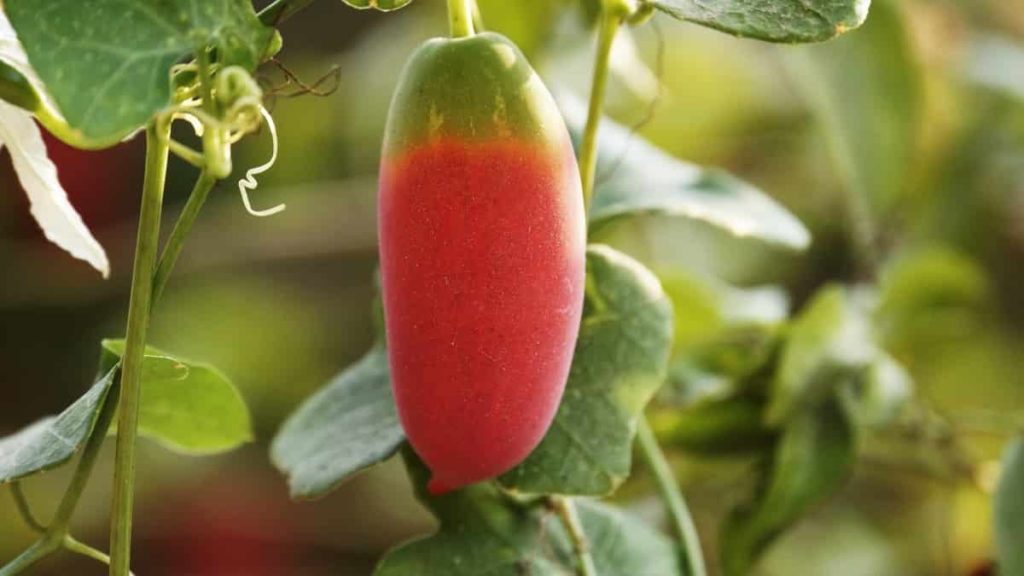
Tips for planting Indian vegetables in your backyard in Florida
Florida is a great state for growing vegetables. Its sub-tropical temperature, combined with warm and rainy seasons, makes it an ideal place for vegetable gardening. However, there are many things to consider when you want to plant your vegetable garden.
Zones – There is a big difference in growing vegetables between growing zones. Growing zones or zone maps compare climates to where plants will grow and adapt well. The United States Department of Agriculture provided us with this map (called the USDA Hardiness Zone Map) which divides the country into eleven planting regions or zones, each representing a number.
Find out which vegetables to plant and when – After learning the growing zones, you need to create your planting schedule. Choosing which vegetables are easiest to grow in spring, summer, autumn, and winter. Spring (February to May) will probably support colder seasonal vegetables. Lettuce, Broccoli, Cauliflower, Peas, Tomatoes, Turnips, Potatoes, Okra, Beets, Cucumbers, Zucchini, and Squash are some of the easiest crops to plant this season.
Winter and fall are generally drier than summer and spring. Cold temperatures with water can freeze and kill many vegetables, especially in winter. You can plant Beets, Leeks, Beans, Garlic, Cabbage, and Parsnips during October and November. In December, plant Onions, Potatoes, Peas, Cabbage, Broccoli, and Carrots. During the summer, the temperature is high, and so is the humidity.
Pepper and Roman Lettuce are the favorite vegetables for the plant. Plant Onions, Squash, Sweet Potatoes, Lima Beans, Cassava, Cabbage, Eggplant, Pumpkin, Corn, Celery, Broccoli, and Brussels sprouts from May to September. During this dry season, you must keep your soil moist and sprinklers working. Indian vegetables that you can grow in Florida are Beans, Beets, Broccoli, Cabbage, Carrots, Cauliflower, Cucumber, Eggplant, Lettuce, Okra, Onion, Peas, Peppers, Potato, Radish, Spinach, Sweet Potato, and Tomato.
How to grow Indian vegetables in USA in pots
Eggplant (Brinjal), Squash, Tomato, etc., can be grown in containers or pots. Be confident and put vegetables in pots, water them regularly, feed them and enjoy homegrown vegetables. In other words, don’t spend too much time and money on soil, pots, and plants if you are not ready to take the time to see how your vegetables are doing each day.
This is especially important when you grow vegetables in pots, as container crops require more water and food than the types in the ground – the pots dry out and the nutrients are absorbed with each soaking. In the winter in Southern California, Lettuce, and other vegetables grow easily together in containers.
Where can we get most Indian vegetables in the USA?
Fresh vegetables are imported from local producers in California, Texas, and Florida. Vegetable-growing seeds are available for purchase online. The US Department of Agriculture’s (USDA) Economic Research Service claims that the top five vegetable-growing states are California (60% production), Florida, Washington, Wisconsin, and Idaho.
In case you miss this: Garden Vegetable Seeds for Rainy Season
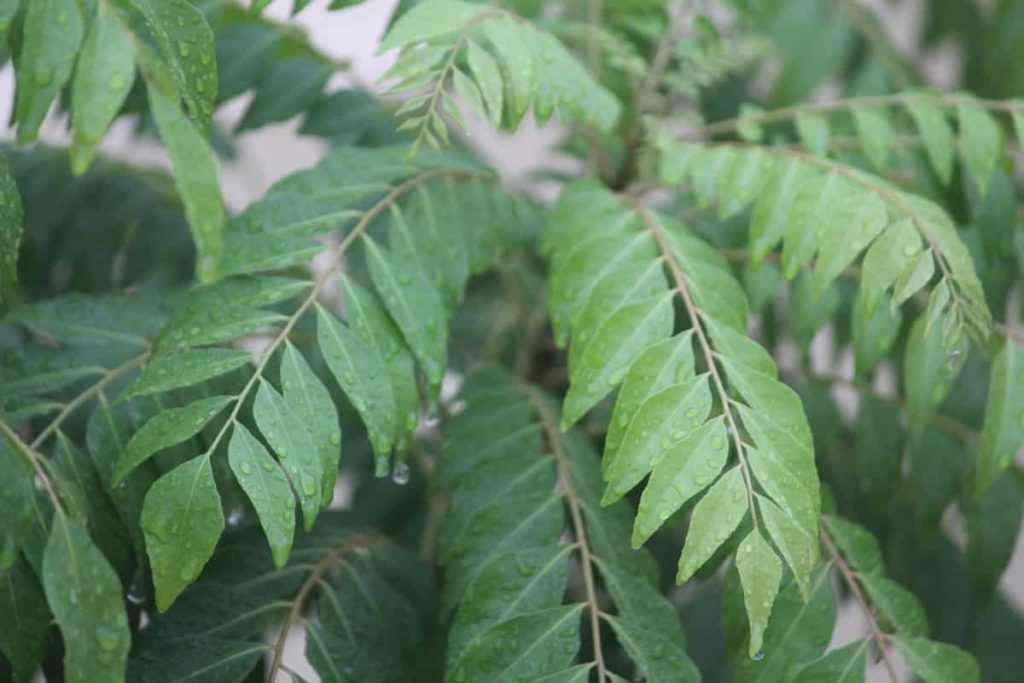
Best cities for growing Indian vegetables in USA
California
California continues to lead the country in Indian vegetable production. About 50 percent of the fresh vegetables purchased in supermarkets across the United States come from California. Salinas Valley is the largest producer of cold-weather crops, including Lettuce, Spinach, and Tomatoes.
Hawaiian Islands
Blessed with abundant sunshine, abundant rainfall, and warm temperatures, the Hawaiian Islands are an ideal place to grow most vegetable crops. Fertile volcanic soil makes it easy to grow Carrots, Eggplants, Beans, and Squash. Mild commercial winds provide air circulation to plants growing in tropical climates to prevent mold and plant disease. The islands grow hundreds of different kinds of vegetables. The annual value of the onion crop in Maui County is over 9 billion dollars.
In Texas
They can grow in most parts of Texas during the spring and summer months. Easy vegetables to grow in Texas are Asparagus, Beets, Carrots, Cilantro, Cucumbers, Eggplants, Potatoes, Okra, Onions, Peppers, Radishes, and Tomatoes.
Knoxville
Beets, Cabbage, Bell Peppers, Corn, Tomatoes, and Cucumbers are grown in these places.
Columbia
Some of the vegetables grown in Colombia include Cucumbers, Peppers, Asparagus, Onions, Leeks, Squash, and Rhubarb. The city’s average of 65 degrees, and year-round temperature makes it a great place to spend the day outside gardening and enjoy the fruits of your labor. Colombia has a lot to offer with approximately 28 gardening agencies per capita.
Orlando
The southern climate (think of heat, humidity, drought, and pests) can often be harsh for growing your vegetables, but with the right setup and seeds, you can make it in Orlando. Start with Okra, Cherry Tomatoes, Sweet Potatoes, and Peas, plus a small herb garden if you’re having trouble working on your garden in the summer. In the fall, start with your Onions, Radishes, Turnips, Carrots, and Spinach. You won’t run out of supplies as Orlando has more than 54 horticultural establishments within the city limits.
West Palm Beach
On average, the last frost of spring on West Palm Beach occurs in early March so you can start your garden earlier than most places. Start planning your crops for summer and fall. For strong crops, start transplanting Pepper, Celery, Tomato, and Swiss chard at this time.
In case you miss this: Garden Vegetable Seeds for Summer
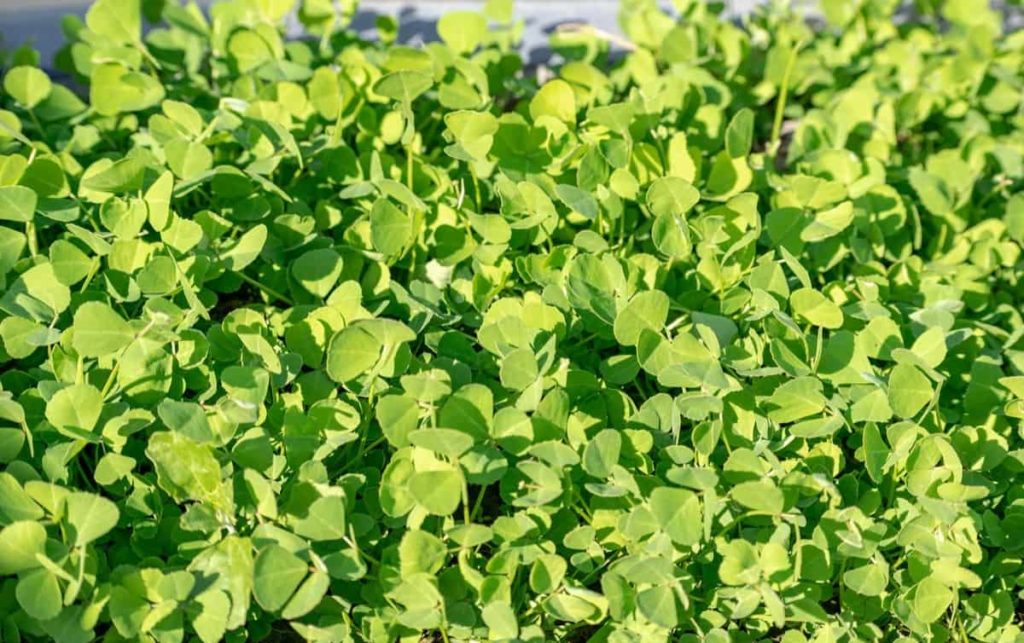
Topeka
Due to the cold weather, Topeka gardening focuses on vegetables to add to your garden including Carrots, Cabbage, Cabbage, Cucumbers, and Radishes. Keep an eye out for freezing temperatures as you move your plants outdoors.
Tampa
Despite the heat, there are plenty of vegetables that you can grow in Tampa. Your growing season looks a little different as it runs from October to April to release the heat. Start growing your indoors in a seed tray for Pepper, Broccoli, and Cabbage, and they will grow through the window. On average, temperatures hover around 74 degrees, providing warm soil for plants to grow.
Green leafy Indian vegetables in the United States
Spinach, Indian Amaranth, Indian Malabar Spinach, Swiss Chards and Bok Choy, Mustard Greens, Kale, Arugula, Radish Greens, Beetroot Greens
Most popular vegetables grown in American backyards
More and more people are grasping how the backyard (or front yard for this matter) garden can be beneficial for health. People are saving money by growing their produce and enjoying the rewards that come with growing their vegetables. The average backyard vegetable garden in the United States is only 600 square feet in size.
The most grown Indian vegetables in the backyard are Tomatoes, Cucumbers, Peppers, Beans, and Carrots. In the US, an Indian engineer grows 16 vegetables in the backyard – Meenal began planting more vegetables in the backyard. They include Radish, Carrot, Tomato, Cherry Tomato, Capsicum, Okra, Snake Gourd, Bitter Gourd, Bitter Gourd, Basil, Spinach, and Chilli in the backyard.
Grow vegetables in the South (USA)
The US south has a long growing season, so growing vegetables in the southern states can be a source of joy for gardeners. In some areas of the south, you can grow vegetables even in the winter months. To produce a bumper crop, however, you need to plan your garden ahead of time and prepare the plot properly. Next, plant your vegetable garden according to the specific climate and growing conditions where you live.
Find out the average frost dates for your area.
The dates of the average last spring frost and the first frost of autumn vary throughout the southern United States. Consult guides, websites, garden center staff, and neighbors for specific information about where you live. Most areas in the south have such a long season that you need to plant in the spring. There is no need to plant seeds indoors before. If you start planting indoors, be sure to keep them in a window where there are at least 6 hours of sunlight each day.
Test the soil at your favorite garden location.
Soil acidity and nutrient levels can vary widely, and these levels will affect the quality of your garden. You can use home testing kits or pH testers to get a quick readout or send samples to the lab for more detailed analysis. Each southern state has an agricultural extension program, and local agents can advise you on unique conditions in your area. They will also test your soil samples so that you can add amendments (fertilizer) to your soil if needed. If you are a home gardener, you should check your soil every year before the planting season.
Use raised garden beds if your soil condition is very poor. It is very easy to make raised beds in the garden and fill them with the ideal soil mix. Raised beds also give you more control over humidity levels, and provide a little extra protection against rabbits and other garden invaders. Garden beds should not be more than 3.5 to 4 feet (1.1 to 1.2 m) wide, or you will not be able to easily reach the plants in the middle.
In case you miss this: Garden Vegetable Seeds for Winter
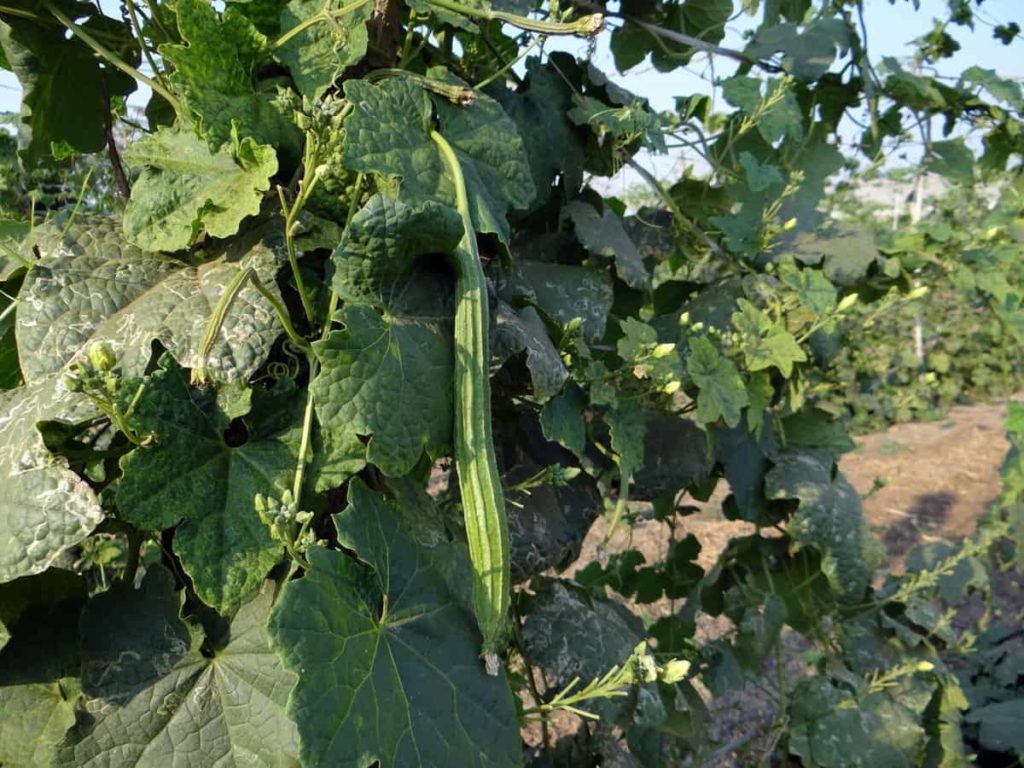
Maximize your yield by pairing early- and late-maturing crops
Do as much as you can If space is a problem, plan to plant early harvest crops as well as late harvest crops. For example, sow Cabbage, Carrots, and Beets in the same rows as early Peas and Beans. You can also plant corn between rows of Potatoes, Radishes between rows of Lettuce, etc. If space is not an issue, placing early and late harvest crops in separate areas, however, will make weeding and harvesting easier.
Start planting vegetable seeds in February or March
The best start date for your planting program will depend on your location in the South. The monthly guide in this part of the present article is a general suggestion for Central America. In South February, you can grow beets. In March, plant some plants like Radishes, Potatoes, Onions, Lettuce, Bananas, Collards, Carrots, and Cabbage.
Keep planting vigorously in April and May
When your early season plants are sprouting, you can start in several other southern gardens. In April, you can plant vegetables like summer and winter Squash, Spinach, Corn, Broccoli, and Pole Beans. In May, plant vegetables like Peppers, Okra, Eggplant, and Cucumbers.
Finish the season by planting more of your favorite plants
Unlike many other parts of the United States, mostly in the south, you can plant in September and still get a strong crop of some crops. So go ahead and use the growing season all over. In August, plant Carrots, Broccoli, and Beets. September is a good time to plant Onions and Turnips.
Give your garden the right amount of water
Rainwater is excellent because it provides essential nutrients, but rain is unreliable. Most plants, including Tomatoes (an important part of the southern garden), need regular watering for higher yields but require good drainage. Consider storing rainwater in a rain barrel so you can use it year-round. Summers in the south can be extremely hot and dry, so water your garden early in the morning when it is a little cold. Consult watering guides for your vegetables.
Follow your planting guidelines and harvest carefully
Your planting guide may say that Kale takes 50-55 days to reach harvest time, but keep in mind that this is only an estimate. When the leaves, and beans look ripe and ready to eat, they are ready to pick.
Where to buy Indian vegetable seeds in the US?
Well, you can buy from local Indian vegetable stores or purchase from online stores. It is a good idea to store the seeds from the previous harvest.
Identify Indian vegetable problems in the United States
Many issues can arise while growing your vegetables. Here are some common vegetable problems you may face and how you should deal with them.
No germination of seeds
Generally, the reason for not germinating seeds is due to environmental conditions. When the soil is too cold, too dry, or too wet, the seed will not germinate. Seeds can be very old and can no longer germinate. Just remember to take care of the soil by giving enough water, using fresh seeds, and protecting the seeds from small bugs/animals.
Wilting
Wilting is caused by either not enough or too much water, too much fertilizer, too much sunlight, and pests. Solve these problems by giving vegetables plenty of water, fertilizer, sunlight, and organic pesticides. Make sure to remember to keep the soil moist for successful vegetable growth. Dethatching can help you with this problem.
Poor yield
This is due to incorrect weather or climate in which you intend to grow your vegetables. This may be due to the absence of pollination, which can be easily corrected by planting flowering plants nearby. Keep the soil moist and fertilize when needed. Give the vegetable time to mature, and you can go here for your fertilization services.
Diseases
These diseases are often caused by fungi or other pests that attack your vegetables. Here are some common diseases and ways to fight and treat them. If you can’t do it yourself, hire professionals to handle it.
- How to Grow Hibiscus from Flower
- Plantation Ideas for Home Decoration: A Beginners Guide
- Flower Garden Designs and Layouts for Beginners
- Planting and Spacing Techniques in Papaya: A Beginner’s Guide
- Growing Gold: Essential Techniques for Planting Pineapples
- How to Make Kalanchoe Plant Bushy: Home Remedies and Solutions
- 11 Reasons Why Your Gardenia is Not Blooming: Home Remedies and Solutions
- Eco Elegance: The Guide to Designing a Drought-Tolerant Landscape
- Gardening on a Slope: Strategies for Hillside Landscaping
- Nourish and Flourish: Top Organic Mulches for Thriving House Plants
- Everything You Want to Know about Indian Mogra Flower: Discover Uses and Growing
- Green Thumb Success: Expert Tips for Cultivating Greenhouse Pumpkins All Year Round
- Maximize Growth & Flavor: The Ultimate Guide to Companion Planting in Herb Gardens
- How to Control Rhododendron Problems Naturally: Home Remedies and Organic Ways to Fix Them
- Natural Magic: The Remarkable Benefits of Cinnamon for Plants
- Best Steps to Revive Dying Tulip with Natural and Organic Treatment
- 10 Reasons Why Your Angel Trumpet is Not Blooming: Remedies and Treatment
- How to Fix Periwinkle Leaf and Flower-Related Problems: Natural Remedies and Solutions
- How to Fix Zinnias Leaf and Flower Problems: Discover Natural and Home Remedies
- Organic Steps to Induce Lemon Tree Flowers: A Comprehensive Guide
- Bloom Booster: Crafting the Perfect Homemade Bougainvillea Fertilizer
- Optimizing Growth: A Guide to Applying NPK Fertilizer for Potted Plants
- 10 Best Homemade Fertilizers for Rubber Plant: DIY Recipes and Application Method
- How to Boost Female Pumpkin Flowers: Effective Steps for More Flowers and High Yields
- Transform Your Indoor Garden: Top Benefits of Pink Salt for Houseplants
- 10 Best Homemade Fertilizers for Peacock Plants (Calathea): Easy DIY Guide
- Unlock Blooms: 9 Reasons Why Your Potted Chrysanthemum is Not Blooming
- 8 Reasons Why Your Potted Hibiscus is Not Blooming: Fix it with Simple Solutions
- Unlock Blooms: 9 Key Reasons Your Potted Frangipani Won’t Flower
- 10 Reasons Why Is My Ice Plant Not Blooming: Remedies and Treatment
- 10 Reasons Why My Potted Hydrangea Not Blooming: Treatment and Remedies
- 10 Reasons Why is My Wisteria Not Blooming: Remedies and Treatment
- 10 Reasons Why is My Goldfish Plant Not Blooming: Remedies and Treatment
- Maximize Your Space: Ultimate Guide to Balcony Gardening with Grow Bags
- 10 Reasons Why Your Iris is Not Blooming: Remedies and Treatment
- 10 Reasons Why Your Anthurium Plant is Not Blooming: Treatment and Remedies